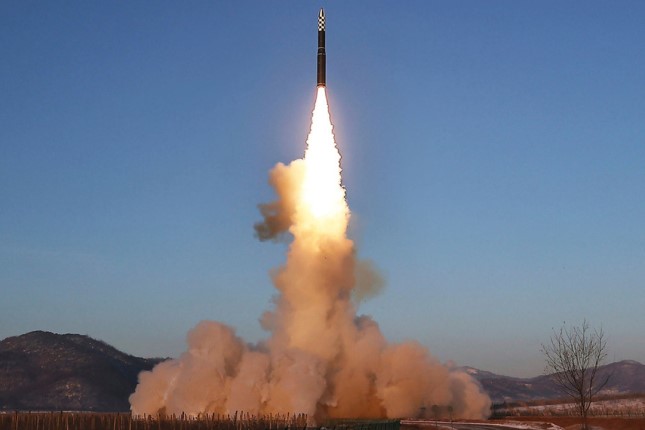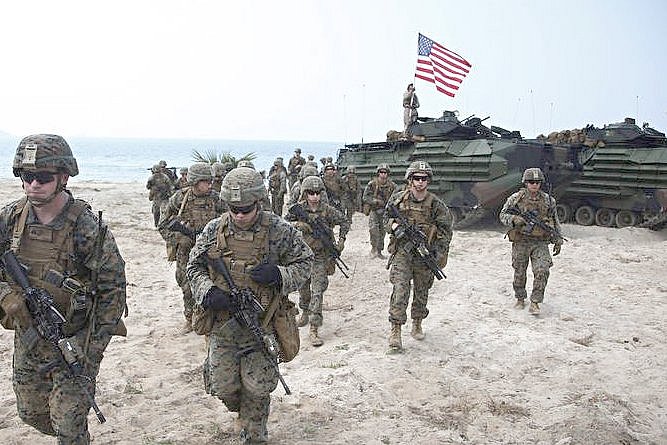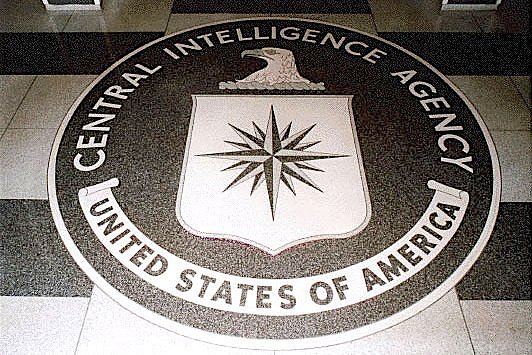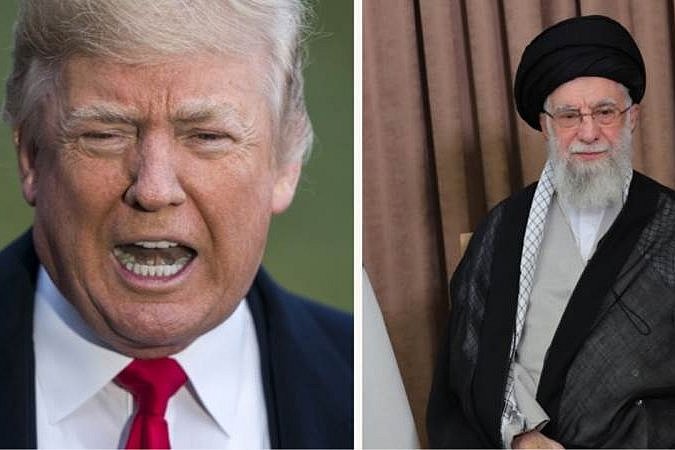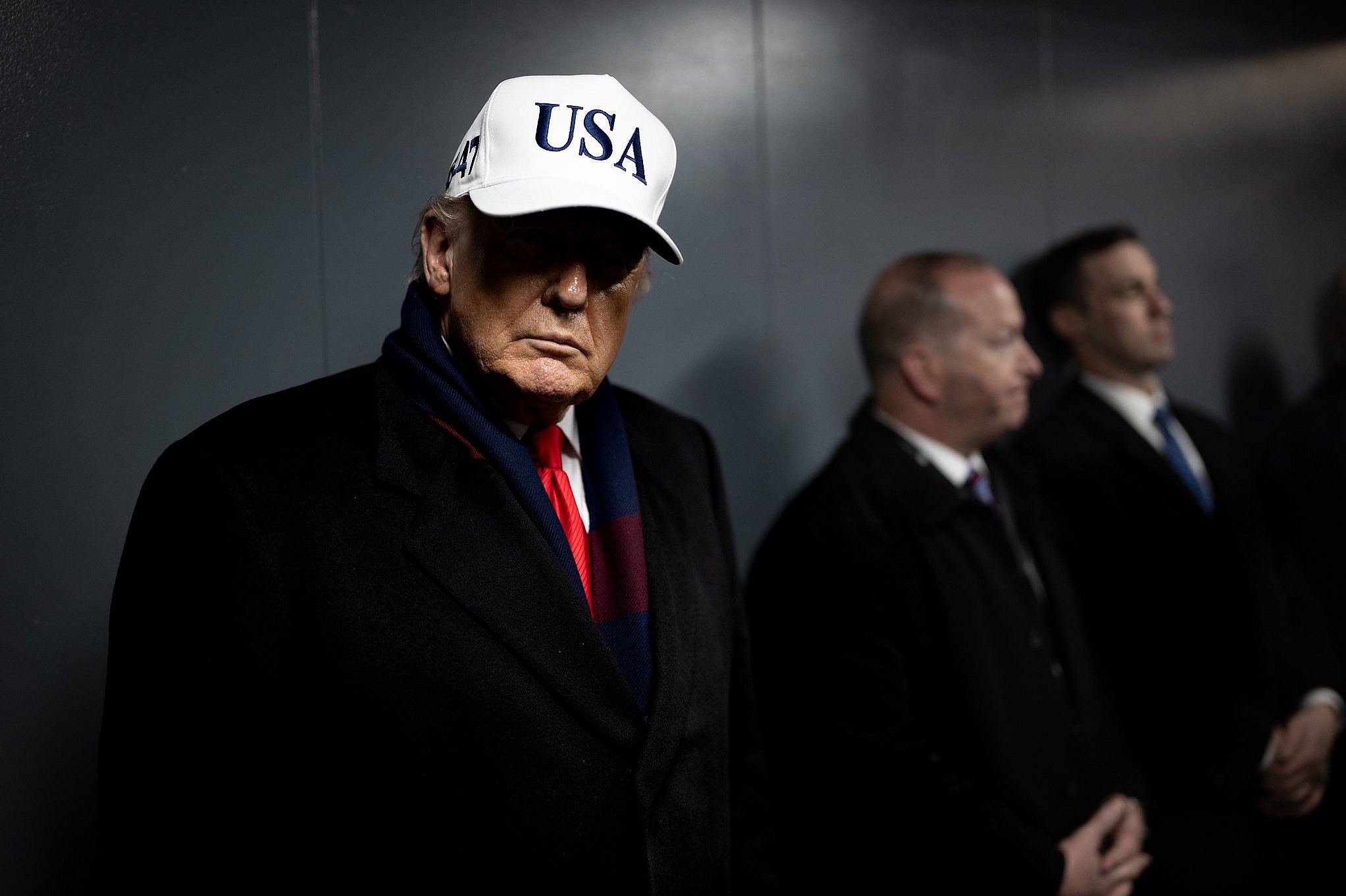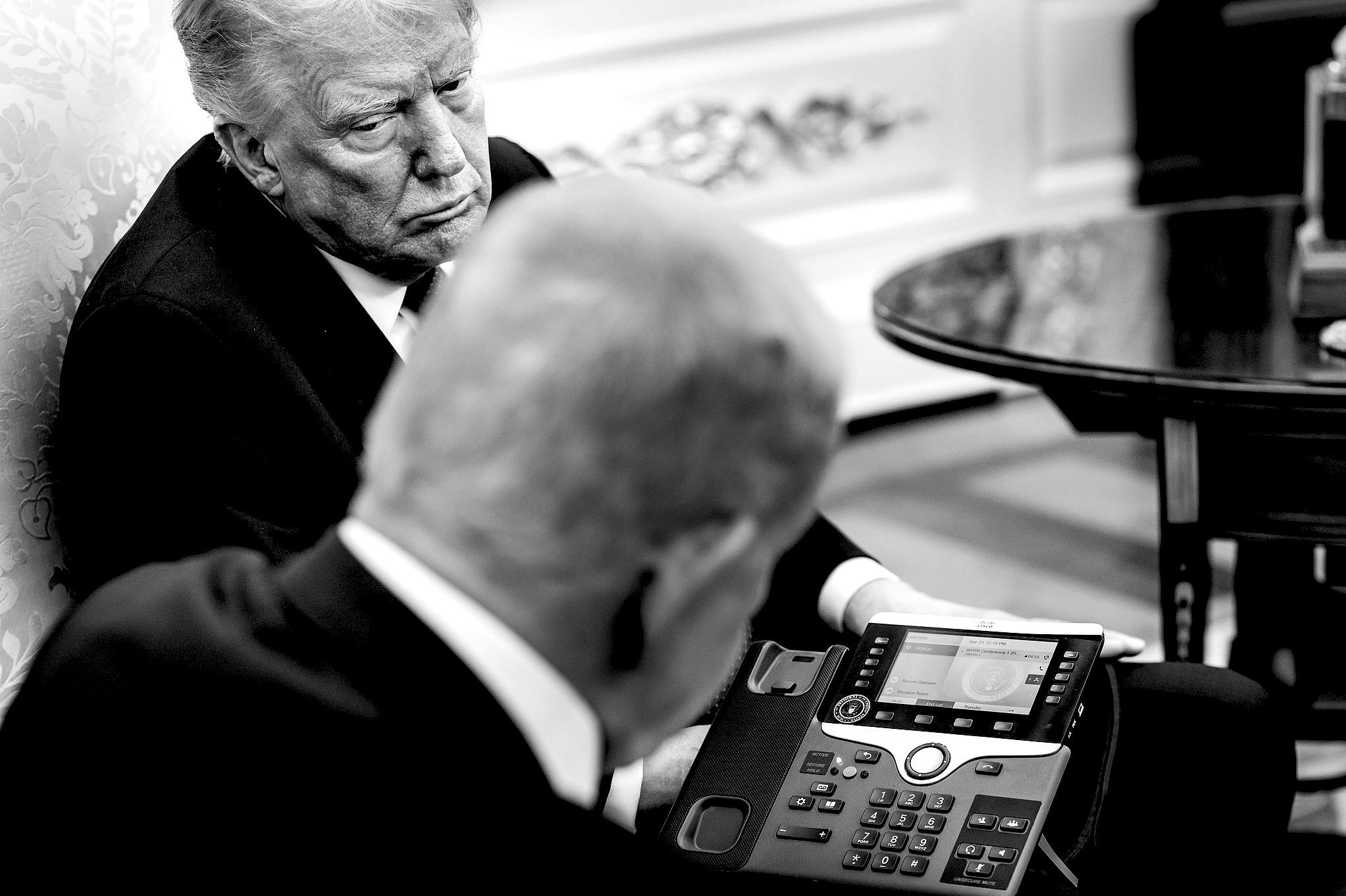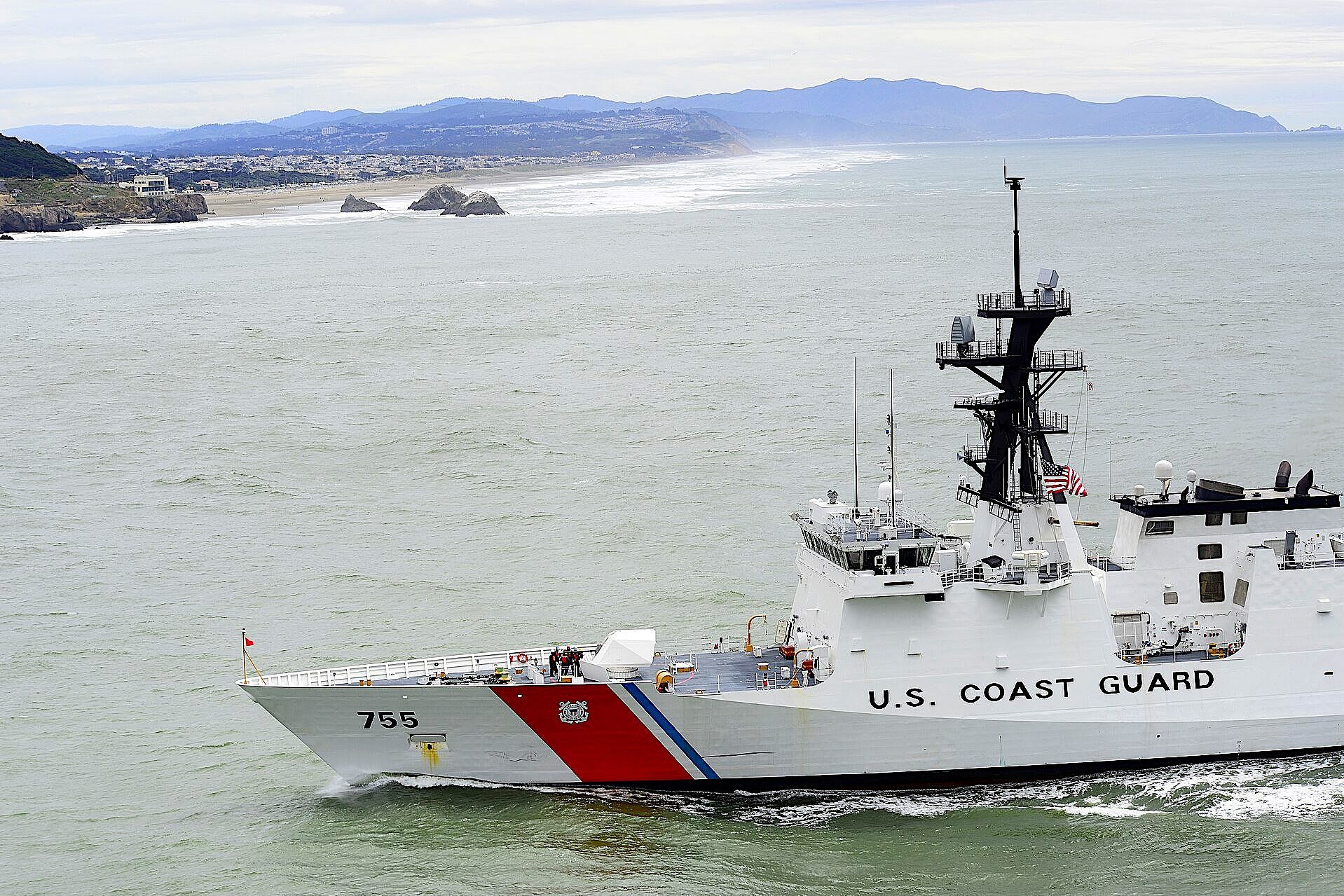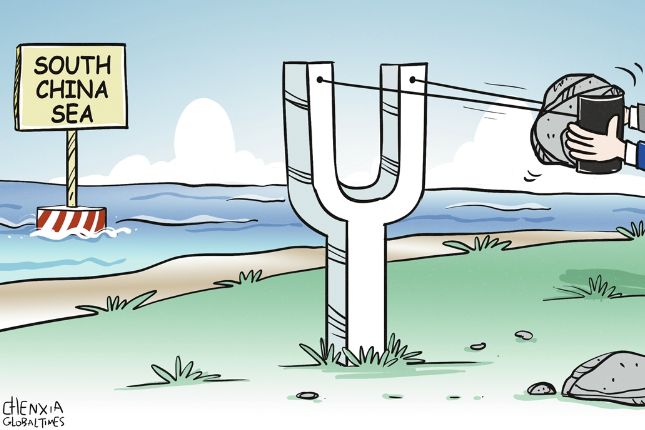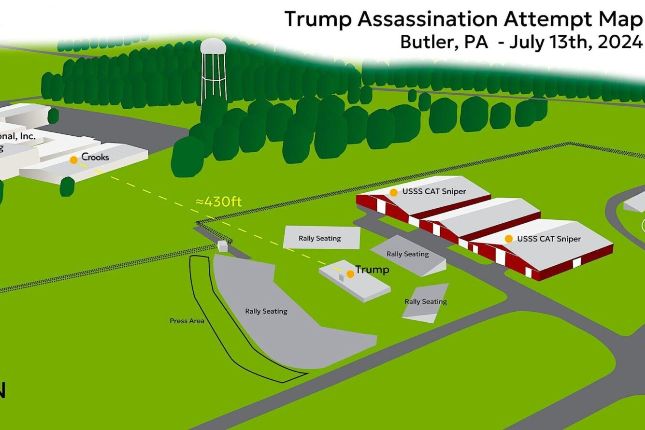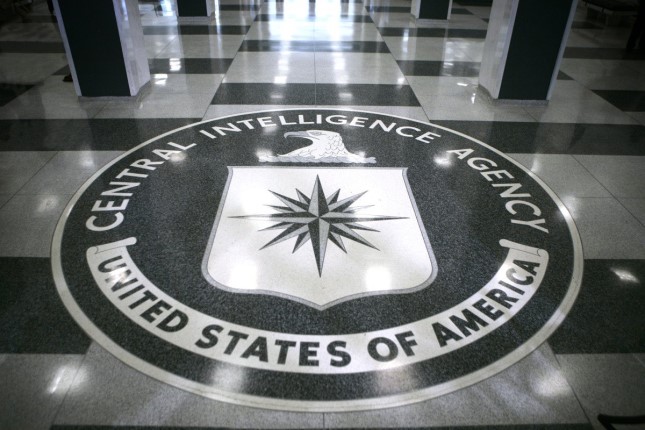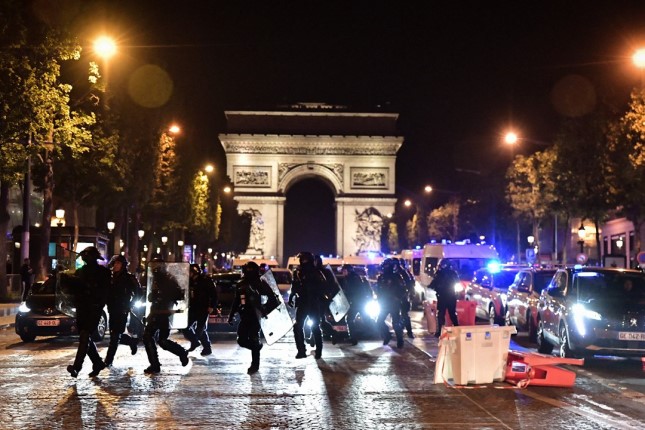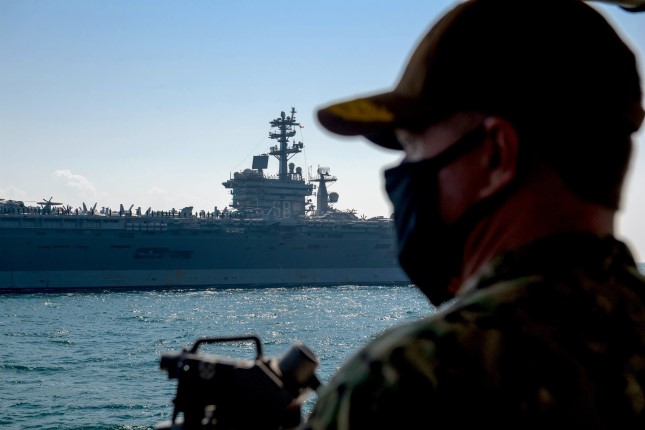The United States and its allies, South Korea and Japan, have denounced the latest launch while planning to utilize it to continue and deepen their military collaboration. This is above all aimed at preparing for a US-instigated war against China.
According to the South Korean military, North Korea launched the ICBM from the Pyongyang area at 8:24 a.m.. Fired at a lofted angle, the ICBM reportedly landed approximately 1,000 km away in the Sea of Japan. The missile is estimated to be able to travel 12,000 km to 15,000 km and thus able to strike the US mainland—a fact that will be exploited by Washington to justify its belligerent and provocative actions in the Indo-Pacific. Pyongyang launched a short-range missile on Sunday that also landed in the Sea of Japan.
On Tuesday, Pyongyang stated that it had conducted a test of a Hwasong-18 ICBM using solid fuel. Solid, as opposed to liquid, fuel requires less preparation time and is easier and safer to operate, allowing missile launches to be carried out more quickly.
The state-run Rodong Sinmun newspaper reported that the country’s leadership had ordered the test launch as a “warning measure” taken as the military threat from the US and South Korea “has persisted for the whole of this year [and] is getting evermore undisguised and dangerous even at this moment of year-end December.”
In particular, Pyongyang denounced the second meeting of the US-South Korea Nuclear Consultative Group (NCG). Established in April during the summit of US President Joe Biden and South Korean President Yoon Suk-yeol, the NCG gives Seoul a say in the planning and use of Washington’s nuclear armament and is modelled after a similar NATO nuclear-decision making body.
Washington and Seoul agreed on Friday to establish guidelines for their nuclear collaboration by mid-2024. They also agreed to hold joint war games, supposedly in response to a nuclear attack from the North, which Pyongyang’s Defense Ministry denounced as an “an open declaration on nuclear confrontation.”
Furthermore, on Sunday, the USS Missouri, a Virginia-class nuclear-powered attack submarine carrying tomahawk cruise missiles, arrived at Busan. “With the deployment of the USS Missouri, we plan to strengthen naval exchanges and cooperation with the United States and to bolster our combined defense posture,” the South Korean Navy stated.
Military cooperation between not only Washington and Seoul, but also Tokyo has developed rapidly this year. The nuclear envoys from the three allies claimed after the latest launch that North Korea’s military development and nuclear program were the “root causes” of regional instability. Yet, under successive administrations, the US has repeatedly menaced North Korea economically and militarily.
North Korea is an impoverished country that has been systematically isolated from the rest of the world through crippling US-led sanctions. Since the dissolution of the Soviet Union in 1991, the North Korean “threat” has instead provided Washington with the pretext for maintaining its military presence in the Asia-Pacific region. Utilizing its weapon programs as bargaining chips, Pyongyang conducts missile tests as a means of trying to force the US to the bargaining table to gain some relief and end its isolation.
Instead, the US and its allies have antagonized and goaded North Korea to justify building an anti-ballistic missile system throughout the Indo-Pacific region that ultimately targets China. This includes Terminal High Altitude Area Defense (THAAD) batteries in South Korea and Guam, as well as associated radar systems in Japan. Rather than to protect civilian populations, these are designed to cover American bases from counter-attack in a US-instigated war.
The collaboration between the US, South Korea and Japan has now expanded into a de facto trilateral military alliance, which the three countries agreed to during their war planning summit at Camp David in August. It is part of a broader system of Washington-led alliances in the region such as the AUKUS pact between the US, the United Kingdom and Australia.
On Tuesday, Washington, Seoul and Tokyo used the North’s ICBM test launch to formally announce the establishment of a three-way intelligence sharing system operating in real-time as well as plans for multi-year joint exercises. The South’s Defense Ministry stated, “The three countries will continue to strengthen trilateral cooperation to respond to regional challenges and ensure peace and stability in the Indo-Pacific region, including the Korean Peninsula, and beyond.”
In other words, the de facto alliance targets adversaries other than North Korea. Claims to be ensuring “peace and stability in the Indo-Pacific” are routinely used to denounce Beijing, with Seoul making clear what the true target of the alliance is.
On Monday, the US and South Korea also announced the conclusion of a two-week exercise involving US Army Special Forces, US Navy SEALs, South Korean Special Warfare Command troops, and police from the Special Operations Unit. This concluded with a training exercise “in an urban-environment training range with the intent of recovering time sensitive targets in a dynamic training environment,” according to US Forces Korea.
Notably, in 2017, South Korea created a US-trained unit that would be tasked with carrying out the assassination of Kim Jong-un and other members of the North Korean leadership. This is part of its Korea Massive Punishment and Retaliation program, under which Pyongyang would be struck with a barrage of weaponry designed to penetrate bunkers in order to kill North Korean leaders. The South Korean hit team would then enter and kill any surviving leaders.
All of this is exacerbating tensions that have already been growing in recent weeks after Seoul scuttled a 2018 military agreement between the two Koreas following North Korea’s launching of a military reconnaissance satellite last month.
The deal created a buffer zone along the border between North and South Korea to reduce the potential for clashes. Seoul, which had been seeking an excuse to pull out of the deal for months, recently resumed aerial surveillance along the border. Pyongyang declared it was also pulling out of the agreement and has since begun reinstalling guard posts in the previous buffer zone.
Ultimately, the smattering of missile firings from North Korea pales in comparison to the weaponry deployed on a regular basis by the US and its allies in the region. Joint US-led war games are now practically a daily occurrence and are only set to expand. The greatest destabilizing force in the Indo-Pacific is US imperialism which is seeking to maintain its political and economic hegemony through any means, including through catastrophic nuclear war.
Photo: North Korean intercontinental ballistic missile test launch © AP Photo / KCNA via KNS.
Source: World Socialist Web Site.
